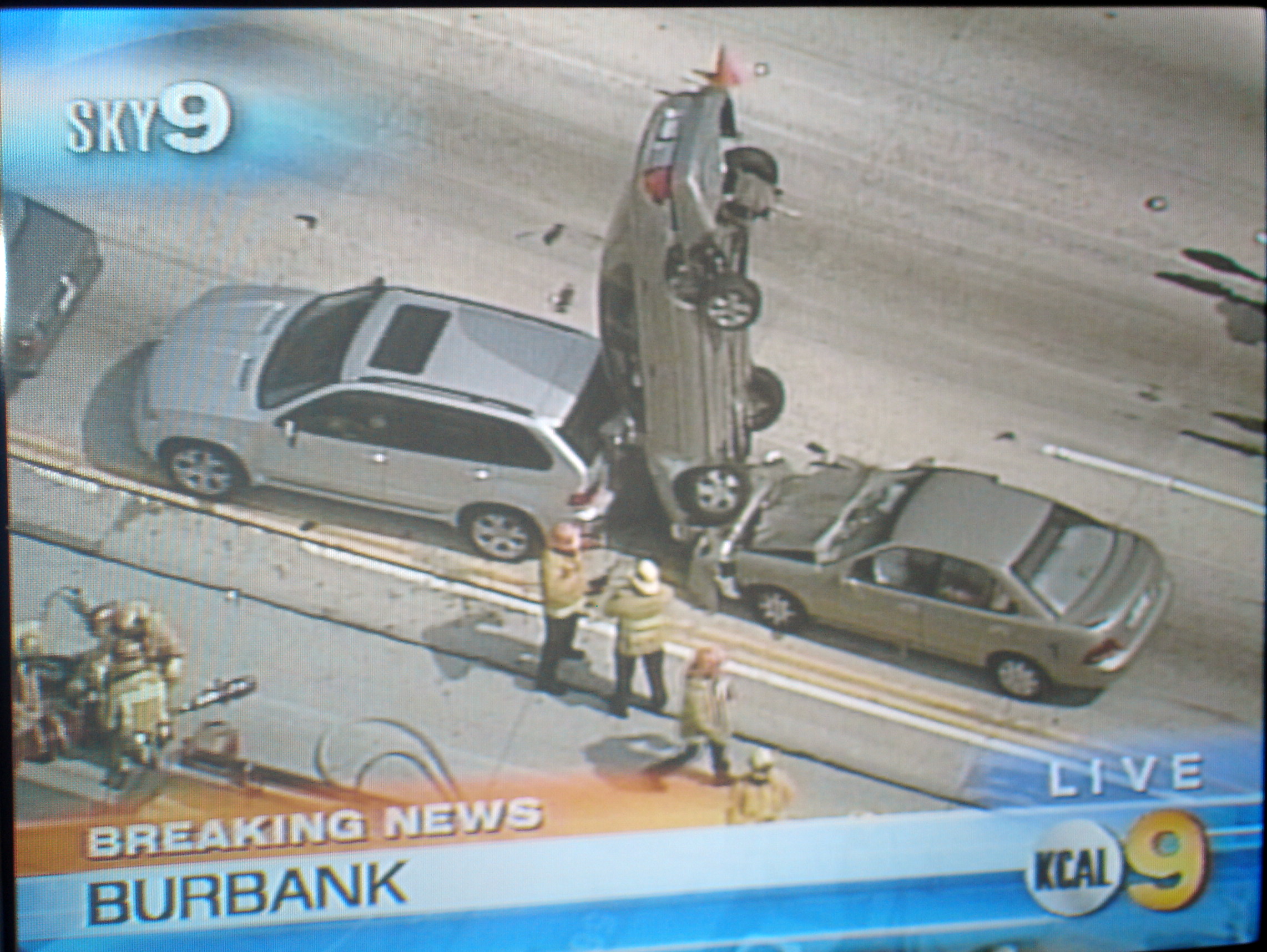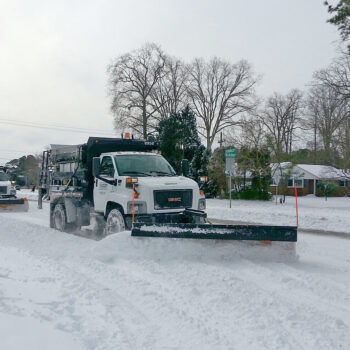How do you get around? Chances are you use a car, truck, van, or more, the point is that people use vehicles to get around as opposed to other methods. And in order to use your desired method of transportation you’ve had to learn to drive, but now cars can drive autonomously. So if cars can drive without needing your ability and knowledge should you get one and not bother with learning to drive?
First of all, how do self-driving cars work in the first place? The truth may surprise you as there’s not really that much extra to the car, it’s just radar, cameras, gps, wheel mounted sensors, a computer, and LIDAR. The radar is used to, “track nearby objects”, and as such it can, “detect something in the car’s blind spot.”(Vanderbilt). The LIDAR, or Light Detection and Ranging system if you will, is made up of “64 lasers, spinning at upwards of 900 rpm, to generate a point cloud that gives the car a 360-degree view.”(Vanderbilt). This feature is then used, “to read traffic lights and street signs”(Ri Aus), but what role does the cameras play? First of all they’re mounted on the windshield and cover a wide array of matters thanks to their versatility. These include staying in a lane, seeing in the dark via infrared light, and quite obviously seeing the road and area ahead. When being redundant we can hardly forget the gps, what does it do? It keeps track of where the car is for the sake of mapping, it’s not complicated. The wheel mounted sensors on the other hand are more complex, this is since they, “measure the velocity… as it maneuvers through traffic.”(Vanderbilt). The crux of it all through is the computer, this piece of the car regulates, controls, decides everything the car does. Why, without it all the other parts wouldn’t truly amount to anything.
Now this isn’t to say it doesn’t have hiccups or fallacies, so what’s the current problems and limitations of a driverless car? To name a few overarching themes in the problems it has would be morality, ethics, and money. For example, who is responsible for these when it gets in a crash, should the car crash into pedestrians to save the rider inside it, does insurance pay for it when it crashes? Crashing, that wouldn’t possibly happen though right, I mean it is taking the human who can make mistakes out of the equation after all? Wrong, it’s already had many crashes due to improper understanding of its surroundings. For example, “The cameras struggled with the glare from the sun, while the radar — according to Musk — “tunes out what looks like an overhead road sign to avoid false braking events””(Solon). And the camera isn’t the only problem either, “lidar can be easily fooled into detecting a non-existent obstacle using a handheld laser pointer, which can force the car to slow down, stop or swerve.”(Solon). This isn’t even mentioning how it’s ability is limited during weather conditions, I mean if a little bit of rain can make it not understand its surroundings in the least, that’s a giant oversight.
However money must flow and as such even with its flaws this new technology is being put to use in the world today. Several companies such as Tesla and Volvo each have their own type of driverless car on the market with other companies following suit. So what’s better to get, Tesla’s model S, or Volvo’s XC90, or a car that you drive rather than a machine? Well Tesla’s is focused on getting from point a to point b as efficiently as possible, focusing more on safety Volvo attention is directed towards keeping the car out of traffic accidents.
Personally though the whole matter is rather absurd, I mean if you feel fine with leaving your life in the metaphorical hands of a machine hurtling tens of miles an hour when you know it has errors then that’s on you. Ultimately the idea of getting to where you want to go while not needing to drive is fine, but it still needs more time to work the kinks out before people switch to it. So yeah, stay with a normal car, after all you can trust yourself not to crash if you have a driver’s license.
Work cited
“Driverless Cars Work” A Week in Science, 2014. The Royal Institution of Australia,
Solon, Olivia. “Why self-driving cars aren’t safe yet: rain, roadworks and other obstacles” TheGaurdian, 2016
Vanderbilt, Tom. “Let the Robot Drive: The Autonomous Car of the Future is Here” Wired, Jan 20, 2012
“car crash” by LorE Denizen is licensed under CC BY 2.0.












